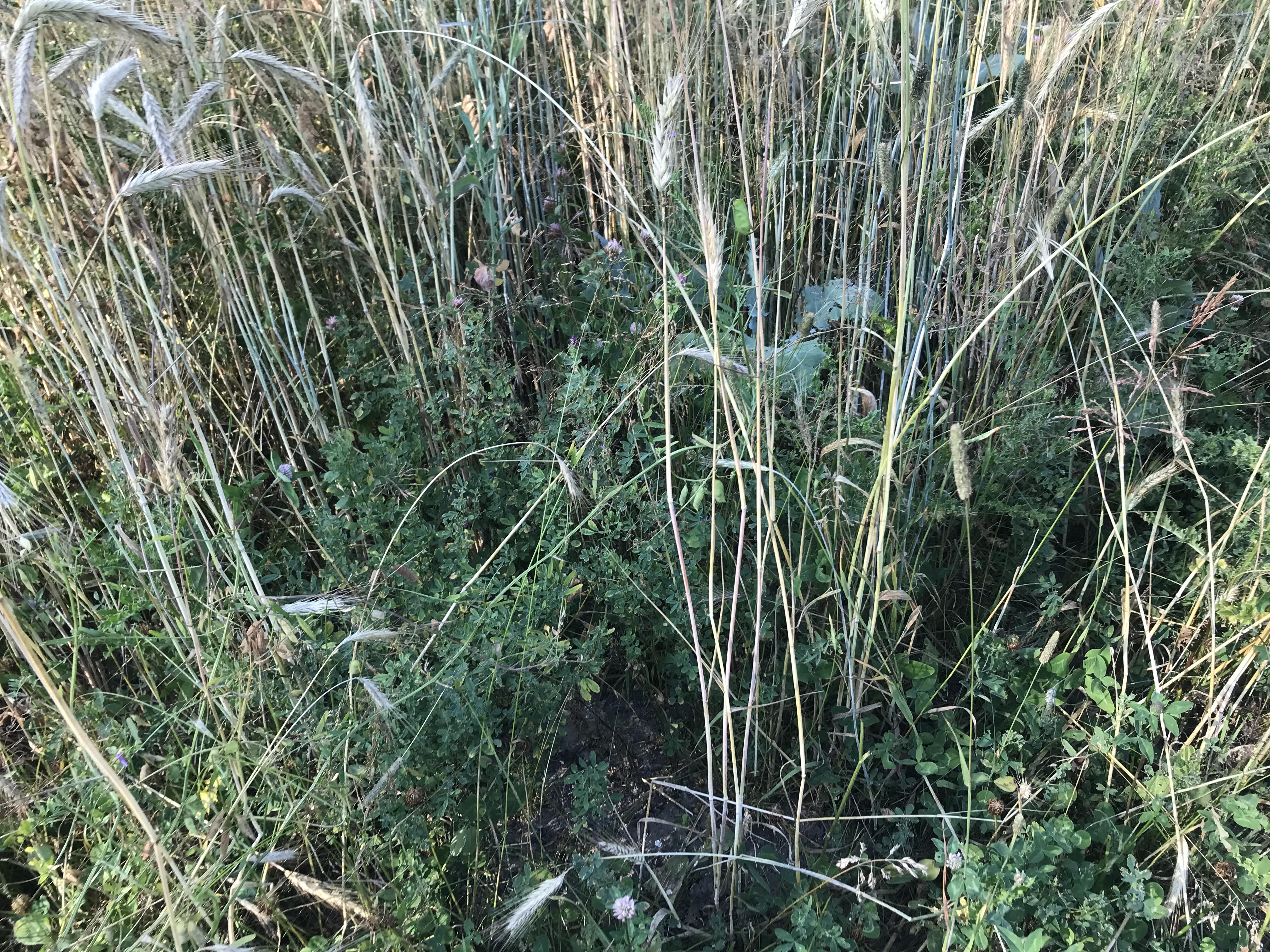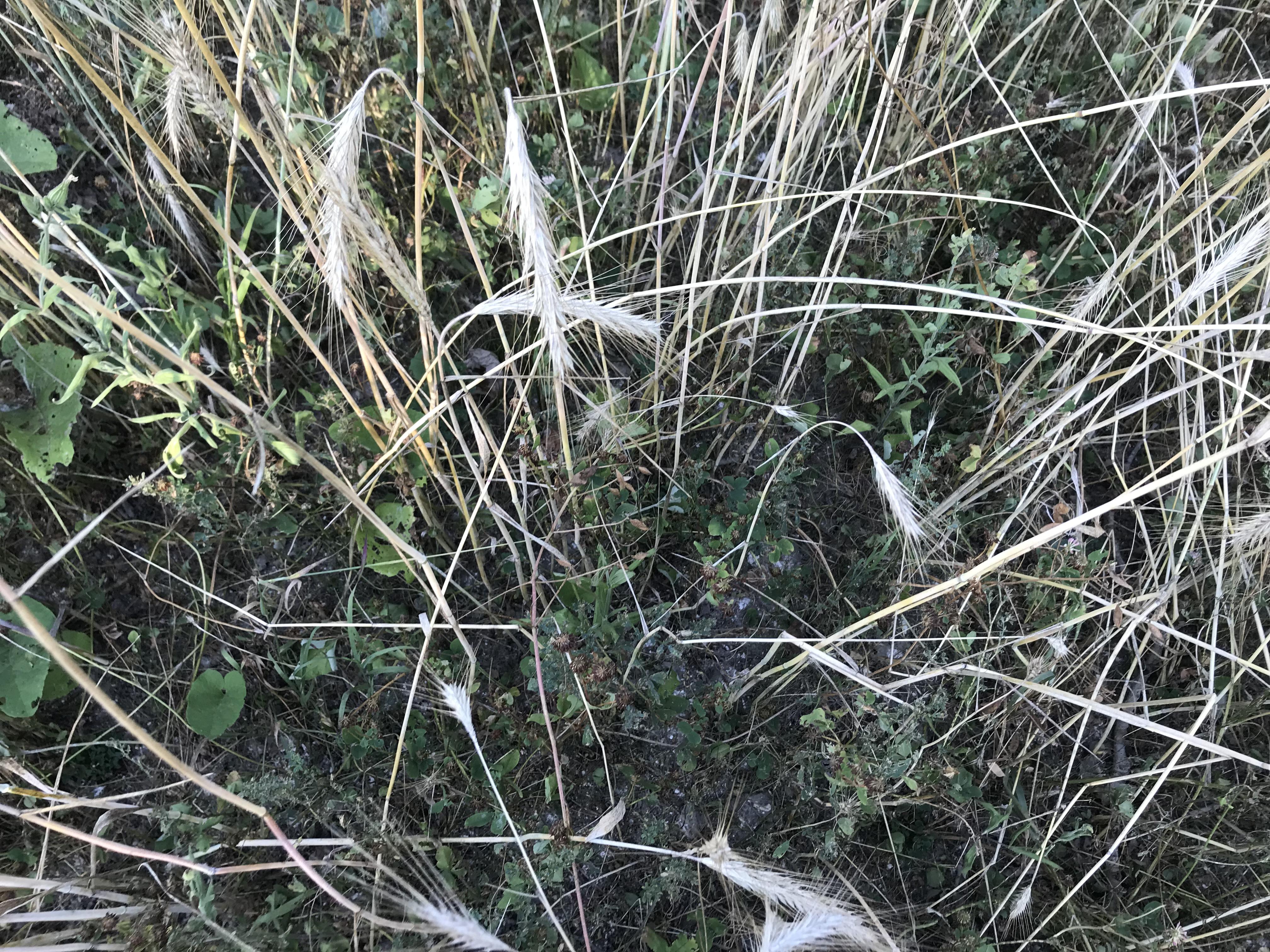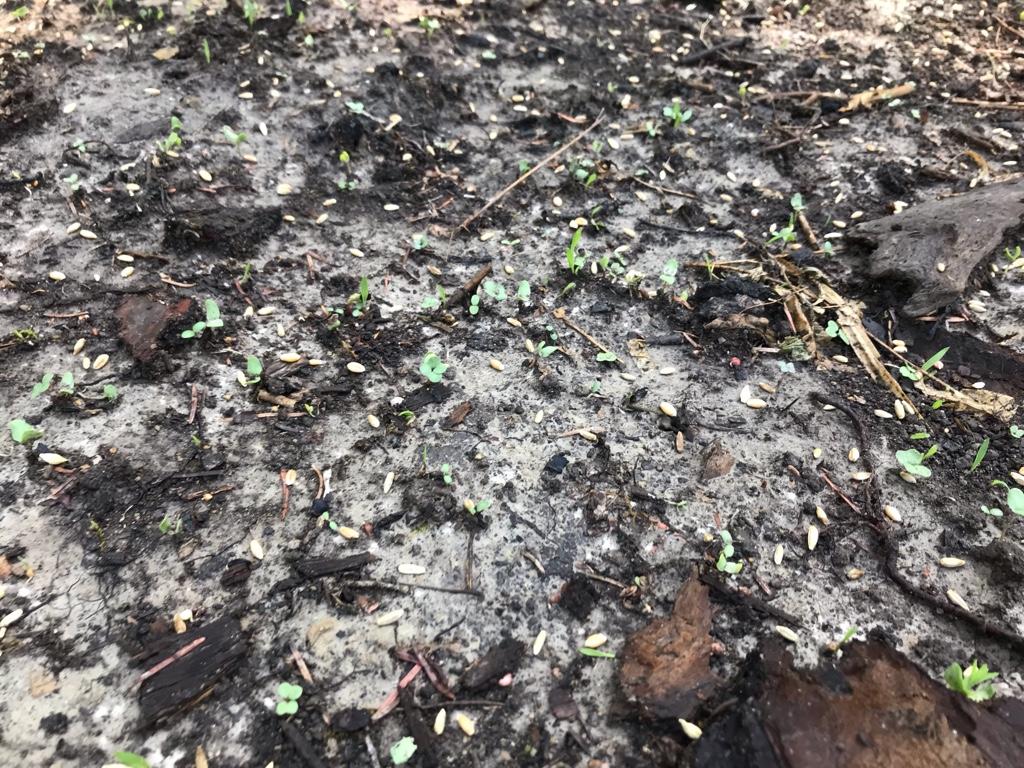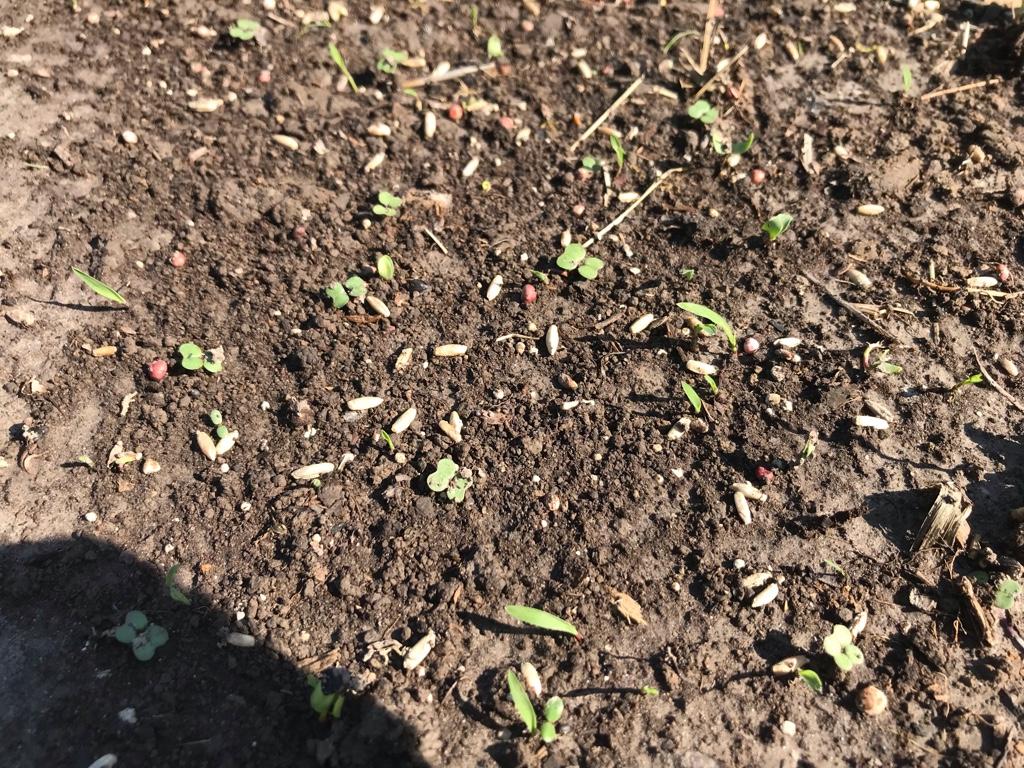@TX-Aggie You are most likely seeing a fantastic response from the clover when adding gypsum due to the CA,MG, K base saturation becoming more balanced. Niel Kinsey and Wiliam Albrecht speak/spoke about this topic. We don't need to lime/gypsum to just balance the PH but also the ratios. More importantly the latter. MG will actually raise PH higher than CA will, relative the PPM in the soil - so when MG gets to high we can have negative impacts on our plant's nutrient absorption.
CA and MG are inversely correlated, so as one goes up the other goes down. We should strive for around 70% CA base saturation on the soil colloid and around 10-20%. MG is very important in adding photosynthesis but we need CA to aid in the cell wall structure of the plants, and I believe there is some research that shows it makes nitrogen (and another nutrient uptake more efficient in the plant as well).
Here is a great website for calculating your base saturation %
https://norganics.com/index-2/calculation-pages/base-saturation-calculation/
For more information on understanding the antagonistic vs. synergistic relationships - specific to plant nutrient uptake and balancing the soil colloid holding potential -
Link:
https://www.canna.ca/interactions_between_nutrients
Hope this helps
AT










